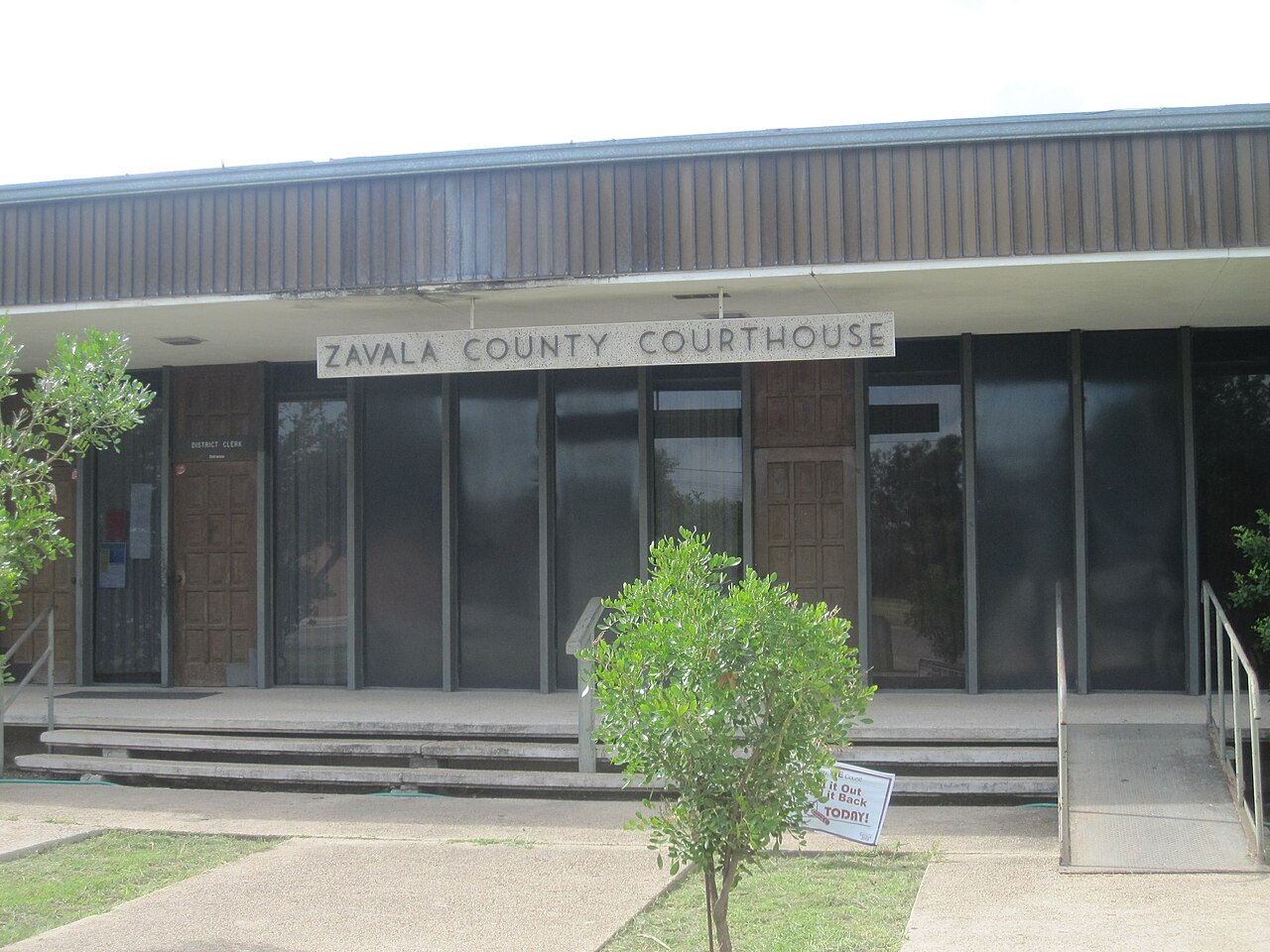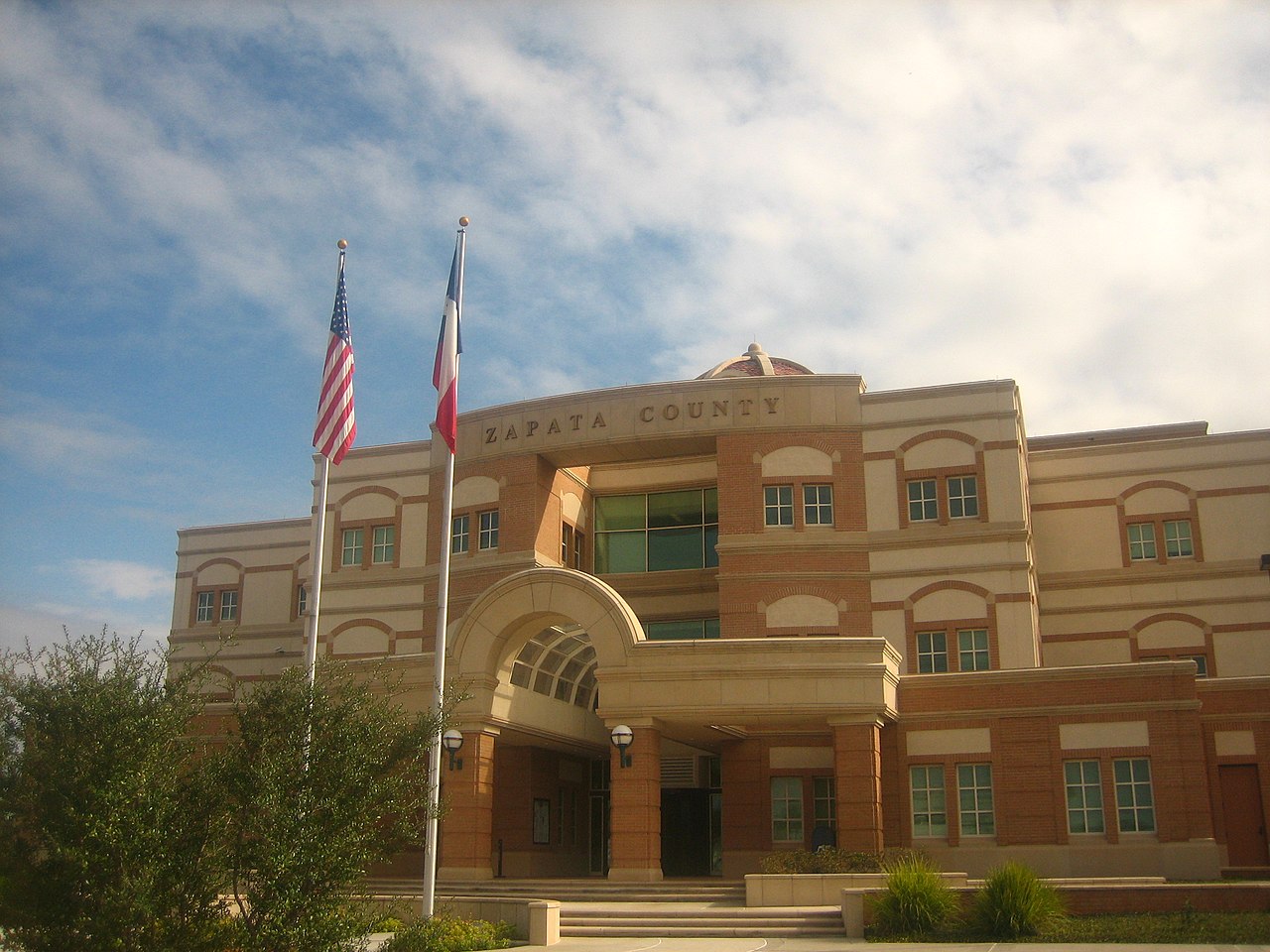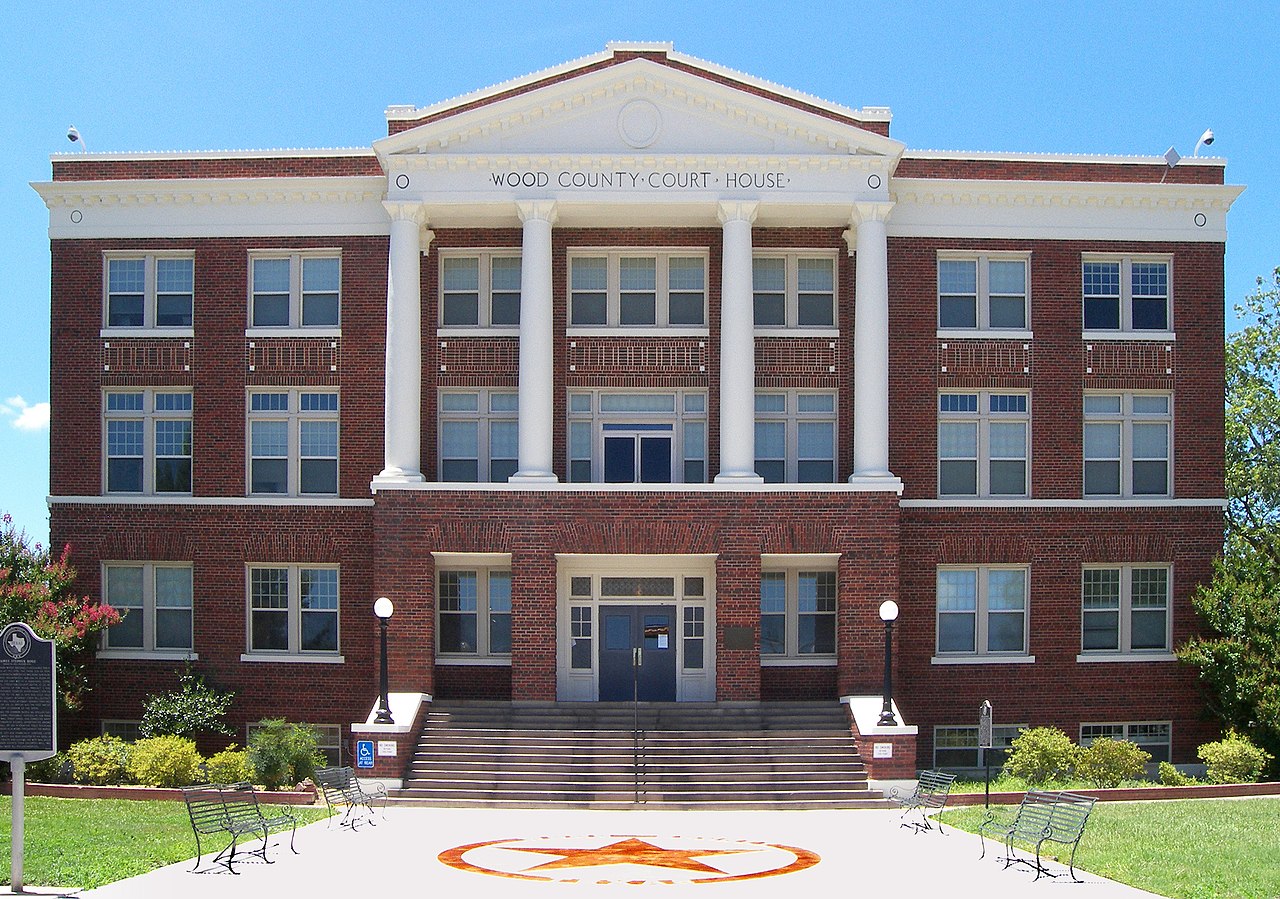Texas Writs of Garnishment to Collect Judgment Liens from Shackelford County, Texas
In Shackelford County, Texas, Busby & Associates is your go-to firm for all your judgment-related needs. Our skilled attorneys are experienced in defending, collecting, and enforcing judgments, with a primary focus on garnishing bank accounts and financial institutions. As experienced consumer bankruptcy, family law, and divorce lawyers, we also provide comprehensive support to both obligors and obligees involved in child support lien cases. Furthermore, we have the expertise to handle the domestication of foreign child support liens specific to Shackelford County, Texas. If you’re a judgment creditor facing challenges in receiving payment, contact us today. We’ll tailor our services to your unique situation and help you collect your judgment effectively.
Texas Judgment liens in Shackelford County
Shackelford County acknowledges the significance of a properly established judgment lien, which operates as a lien on all nonexempt real property owned by the judgment debtor. To establish a judgment lien, it is necessary to accurately record and index an abstract of judgment. Each county where the judgment lien is sought to be established requires the filing of the abstract of judgment. The lien remains valid for a period of ten years from the date of recordation and indexing, unless the judgment becomes dormant. It is important to note that the judgment on which the lien is based must be final and not interlocutory. However, if the judgment is currently under appeal or a supersedeas bond has been filed, an abstract of judgment can still be filed based on the final judgment. Furthermore, if the judgment creditor has already taken the appropriate steps to obtain a lien before the judgment is appealed, the fact of appeal will not diminish the impact of those steps in the event of affirmance. These rules specifically apply to judgments issued by Texas state trial courts and do not encompass the enforcement of judgments from other states and foreign jurisdictions. To enforce judgments from other states or foreign jurisdictions, it is necessary to first domesticate the judgment in Texas to create a lien, and subsequently, an abstract of judgment may be filed.
Texas Abstract of Judgment
The preparation of the abstract of judgment in Texas can be undertaken by either the judge, justice of the peace, clerk of the court, or the authorized representative of the judgment creditor, including their agent, attorney, or assignee, except in small claims and justice courts where the judgment creditor is not allowed to prepare their own abstract. Furthermore, abstracts of federal court judgments require the certificate of the clerk of the court. To abstract your judgment lien in Shackelford County, Texas, you can visit the County Clerk’s office situated at 225 S Main St 1st floor, Albany, Texas 76430.
Contents
When compiling a Texas abstract of judgment, it is imperative to provide specific details that adhere to legal guidelines. These details include the names of the plaintiff and defendant, the defendant’s birthdate (if known to the clerk of justice), the last three digits of the defendant’s driver’s license (if available), the last three digits of the defendant’s social security number (if accessible), the suit number in which the judgment was rendered, the defendant’s address or, if not disclosed, the nature of citation and the date and place of citation service, the date on which the judgment was rendered, the amount for which the judgment was rendered and the remaining balance, any child support arrearage, the interest rate specified in the judgment, and the mailing address for each plaintiff or judgment creditor. It should be noted that failure to include the mailing address may result in the imposition of a penalty filing fee. Furthermore, the abstract of judgment must be verified by the creditor’s attorney, and the use of unsworn declarations is not allowed.
Recordation of Judgment Liens Abstract
Shackelford County serves as the official jurisdiction for recording the abstract of judgment when the debtor possesses real property there. The abstract is delivered to the Shackelford County clerk, who meticulously records it in the county’s real property records, taking care to note the recordation date and time. Simultaneously, the clerk is obligated to enter the abstract in the alphabetical index to the real property records, indicating the names of each plaintiff and defendant in the judgment and the corresponding page number where the abstract is officially recorded.
Abstracts of Domesticated Judgment Liens.
The Uniform Enforcement of Foreign Judgments Act and the Uniform Foreign-Country Money Judgments Recognition Act grant foreign judgments the same level of enforceability as judgments filed in the originating court, guaranteeing their recognition and enforceability in Texas. Fulfilling the lien requirements is a prerequisite for the foreign judgment holder to properly domesticate the judgment.
Property To Which Lien Attaches Non-Exempt Real Property
The defendant’s nonexempt real property, recorded in Shackelford County, bears the impact of the judgment lien encompassing all properties.
Keeping the Judgment and Judgment Lien Alive
1. Non-governmental Judgments
In order to maintain the effectiveness of the judgment lien, it must be recorded and indexed in the abstract for a period of 10 years. However, if the judgment becomes dormant, the lien ceases to be valid. Hence, it is necessary to (1) actively preserve the judgment and (2) obtain and record a new abstract of judgment to ensure the continuity of the lien. A judgment enters a dormant state if a writ of execution is not issued within 10 years from its rendering, but it can be revived through scire facias or by initiating an action of debt within two years from the date of dormancy.
2. State or State Agency Judgments.
The enforceability of state or state agency judgments remains uninterrupted and does not expire. By filing an abstract of judgment correctly, a lien is created that persists for 20 years from the filing date, and the lien’s duration can be prolonged for another 20 years through the filing of a renewed abstract of judgment.
3. Political Subdivisions.
While dormancy statutes can result in the dormancy of judgments pertaining to political subdivisions, the revival statute (Civ. Prac. & Rem. Code § 31.006) explicitly states that the political subdivision is not barred by the statute of limitations. Therefore, judgments of political subdivisions can be revived at any time, extending beyond the two-year dormancy period.
4. Child Support Judgments.
The exception to the dormancy statute for child support judgments is delineated in § 34.001 Subsection (c) of the Civ. Prac. & Rem. Code and broadly applies to all child support judgments, irrespective of their date of rendering or issuance.
Property Subject to and Exempt from Execution.
1. Property Subject to Execution.
The execution is entitled to seize the judgment debtor’s property unless it is exempted by constitutional provisions, statutes, or any other rule of law. In most cases, the following types of property will not be exempt: a. Cash on hand or in checking or savings accounts; b. Pleasure boats and associated motors and trailers; c. Collections of items such as stamps, coins, etc.; d. Stocks, bonds, notes, and other investments; e. f. Airplanes. Corporations do not have any protected property.
2. Property Exempt from Execution.
The following categories of property are exempt from execution, regardless of whether they pertain to a family or a single adult: a) The homestead b) Personal property falling under specified statutory categories, with a total fair market value not exceeding $100,000.00 for families or $50,000.00 for single adults without family affiliation c) Current wages earned from personal service (excluding child support) and unpaid commissions, limited to twenty-five percent (25%) of the $50/$100,000 aggregate limitations d) Professionally prescribed health aids e) Worker’s compensation payments f) Cemetery lots held for sepulcher purposes g) Property that the judgment debtor sold, mortgaged, or conveyed in trust, if the purchaser, mortgagee, or trustee identifies other property adequate to fulfill the execution h) Assets held by the trustee of a spendthrift trust for the benefit of the judgment debtor i) Certain insurance benefits j) Designated savings plans, including retirement benefits and health savings plans k) College Savings Plans l) Certain consigned artwork.
WRITS OF GARNISHMENT.
By engaging in the post-judgment garnishment process, a judgment creditor gains the ability to examine whether a third party owes any funds or property to the judgment debtor. Should any debts be uncovered, the creditor (garnishor) can obtain a garnishment judgment, compelling the third party (garnishee) to make payments to the garnishor rather than the judgment debtor.
Requirements to Issue
Garnishment can be pursued following the issuance of a judgment, but it requires meeting specific requirements. Firstly, the creditor must have a valid and subsisting judgment against the debtor, with the judgment being considered final and subsisting from the date of rendition. Secondly, the debtor must not have filed an approved supersedeas bond to suspend execution on the judgment. Lastly, the creditor must affirm, based on their knowledge, that the judgment debtor does not possess sufficient property in Texas that is subject to execution and can satisfy the judgment.
Procedure for Securing Issuance Jurisdiction and parties
It’s important to understand that a post-judgment garnishment action constitutes an independent lawsuit separate from the main case it aims to enforce. The third-party garnishee should be treated as the defendant, indicating their involvement in this supplementary legal action. File the application for post-judgment garnishment in the same court that rendered the judgment, but with a distinct cause number.
Service of the writ of garnishment/notice to judgment debtor.
To initiate the garnishment action, the garnishee must be served with the writ of garnishment, while the judgment defendant, although not a necessary party, must be served with a copy of the writ of garnishment, the application, accompanying affidavits, and court orders as soon as practically feasible after serving the garnishee. Furthermore, it is required that the copy of the writ served to the defendant contains its contents in 12-point type and is presented in a manner calculated to advise a reasonably attentive person. Failure to provide adequate notice to the judgment debtor concerning the garnishment renders any judgment, except for one dissolving the writ, void and unenforceable.
Banks as Garnishees for Writs of Garnishment
In order to effectuate the delivery of garnishment writs served on garnishee banks, they must be delivered to the address designated as the registered agent of the financial institution in its registration statement filed with the Secretary of State pursuant to either Section 201.102 or 201.103 of the Finance Code. Out-of-state financial institutions seeking registration with the Secretary of State must comply with the state’s laws governing foreign corporations conducting business in the state, including the designation of an agent for process under Section 201.102. In contrast, Texas financial institutions have the option to file a statement with the Secretary of State appointing an agent for process under Section 201.103.
Officer’s Return.
The officer entrusted with executing a writ of garnishment is duty-bound to file a return that meets the citation requirements, as outlined in Tex. R. Civ. P. 663. It is essential for the judgment creditor to carefully examine the return before obtaining a garnishment judgment, especially in the case of default judgment. Returns in garnishment proceedings must conform to the rules governing citations in general. Courts have deemed returns fatally defective if they fail to indicate the manner of service on a corporate garnishee or the place of service.
Forms for the form and Practical Procedure
Once a bank account or other debt owed by the judgment debtor that meets the criteria for garnishment and is determined to be cost-effective is discovered, proceed by filing an Application for Garnishment along with a supporting affidavit. The supporting affidavit, signed by the attorney representing the judgment creditor, should encompass the essential information for the application, including details of the original lawsuit and judgment, any credits applied to the judgment, the appropriate garnishee name, officers authorized for service, service address, and, if provided, account names and numbers.
Need professional guidance in collecting your judgment in Texas? Turn to Busby and Associates. With their contingency-based services, upfront fees are not a concern. Judgments from other states with a judgment debtor in Texas are carefully examined on a case-by-case basis, occasionally necessitating a retainer. Furthermore, in Shackelford County, they have the necessary expertise to help you garnish a bank account or financial institution, ensuring the successful recovery of the judgment.














